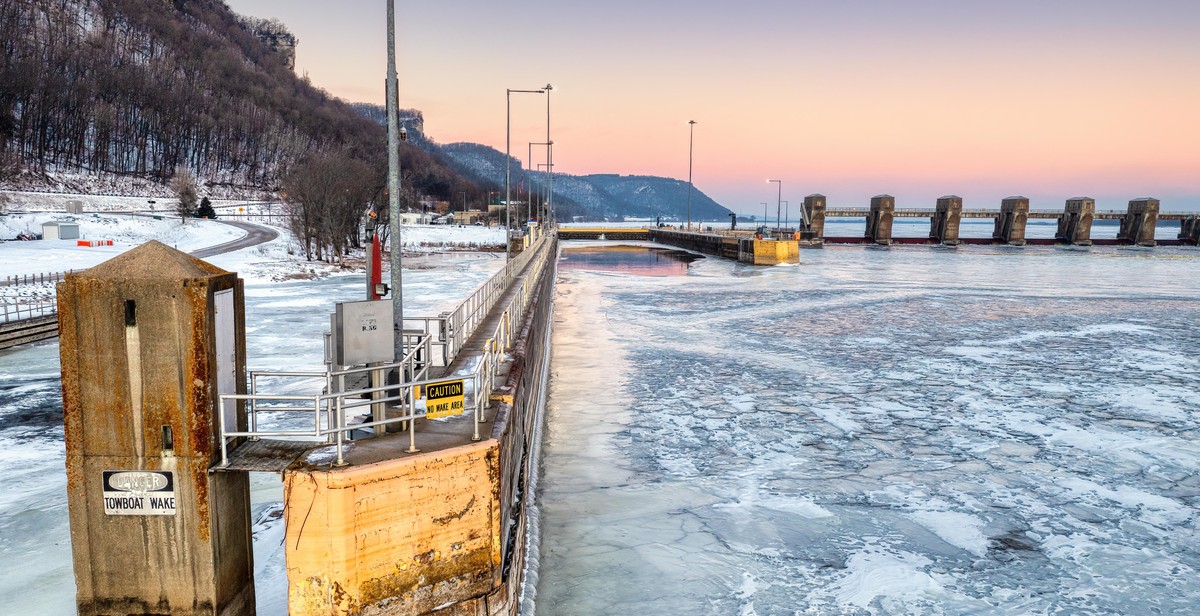How to Predict Snowfall: Factors and Indicators for Forecasting Snow Accumulation
Snowfall can be a beautiful sight, but it can also cause chaos and disruptions to daily life. Whether you are a skier, a snow removal contractor, or a transportation company, predicting snowfall is crucial to planning and preparing for the impact of snow on your operations. Accurate snowfall predictions can help save lives, prevent accidents, and reduce economic losses.
Why is predicting snowfall important?
Predicting snowfall is important for several reasons:
- Public Safety: Knowing when and how much snowfall to expect allows people to prepare and avoid hazardous conditions, such as icy roads or falling trees.
- Transportation: Snowfall can disrupt transportation systems, causing delays and cancellations. Predicting snowfall can help transportation companies plan ahead and reduce disruptions.
- Agriculture: Snowfall can impact crops and livestock. Farmers need to know when to protect their crops and provide shelter for their animals.
- Tourism: Snowfall is an essential factor for winter tourism. Predicting snowfall accurately allows ski resorts and other winter destinations to plan for visitors and ensure a safe and enjoyable experience.
In this article, we will explore the factors and indicators that meteorologists use to predict snowfall and the tools and techniques they employ to make accurate forecasts.

Factors Affecting Snowfall
There are several factors that affect snowfall, including temperature, humidity, wind direction and speed, topography, latitude, and altitude. Understanding these factors is crucial for predicting snow accumulation and forecasting winter weather conditions.
Temperature
The temperature plays a significant role in determining the type of precipitation that falls from the sky. If the temperature is below freezing (32°F or 0°C), the precipitation will fall as snow. However, if the temperature is above freezing, the precipitation will fall as rain. The colder the temperature, the more likely it is for snow to accumulate.
Humidity
Humidity is the amount of moisture present in the air. When the humidity is high, there is more moisture in the air, which can lead to heavier snowfall. On the other hand, when the humidity is low, the snowfall is likely to be lighter and drier. The humidity also affects the temperature, as the air temperature feels colder when the humidity is high.
Wind Direction and Speed
The direction and speed of the wind also play a role in snowfall. When the wind blows from the north or northwest, it brings colder air and can lead to heavier snowfall. Conversely, when the wind blows from the south or southwest, it brings warmer air, which can cause the snow to melt or turn to rain. The speed of the wind can also affect snowfall, as strong winds can blow snow around and create drifts.
Topography
The topography of an area can also affect snowfall. Mountains and hills can cause the air to rise, which can lead to more precipitation and heavier snowfall. Conversely, valleys and low-lying areas can trap cold air, which can lead to colder temperatures and more snow accumulation. The orientation of the slope can also affect snowfall, as north-facing slopes receive less sunlight and can retain snow longer than south-facing slopes.
Latitude
The latitude of an area can also affect snowfall. Areas closer to the poles tend to receive more snowfall than areas closer to the equator. This is because the poles receive less sunlight and colder temperatures, which are conducive to snowfall. Areas closer to the equator tend to be warmer and receive less snowfall.
Altitude
The altitude of an area also plays a role in snowfall. As altitude increases, the air becomes colder and thinner, leading to more snowfall. Areas at higher altitudes tend to receive more snowfall than areas at lower altitudes. Additionally, areas at higher altitudes tend to retain snow longer, as the colder temperatures prevent it from melting as quickly.
Summary
Understanding the factors that affect snowfall is crucial for predicting snow accumulation and forecasting winter weather conditions. Temperature, humidity, wind direction and speed, topography, latitude, and altitude all play a role in determining the amount and type of snowfall an area will receive.

Indicators for Forecasting Snow Accumulation
As a professional meteorologist with years of experience, I know that predicting snowfall can be a tricky business. However, there are several indicators that can help us make more accurate forecasts. Here are some of the most important ones:
Weather Forecasts
Weather forecasts are the most obvious indicator for predicting snowfall. By analyzing current weather patterns, meteorologists can identify areas where snowfall is likely to occur. We look at a range of factors, including temperature, humidity, and atmospheric pressure, to determine the likelihood of snowfall in a given area.
Satellite Imagery
Satellite imagery is another powerful tool for predicting snowfall. By analyzing cloud patterns and moisture levels in the atmosphere, we can identify areas where snowfall is likely to occur. This is particularly useful for predicting snowfall in remote areas where weather stations are not available.
Radar Images
Radar images are also helpful for predicting snowfall. By analyzing the intensity and movement of precipitation on radar images, meteorologists can identify areas where snowfall is likely to occur. This is particularly useful for predicting snowfall in areas where weather stations are not available.
Snowpack Measurements
Snowpack measurements are an important indicator for predicting snowfall. By measuring the depth and density of existing snowpack, meteorologists can estimate how much additional snowfall is likely to accumulate in a given area. This is particularly useful for predicting snowfall in mountainous areas.
Historical Data
Historical data is another important indicator for predicting snowfall. By analyzing past snowfall patterns in a given area, meteorologists can identify trends and make more accurate predictions for future snowfall. This is particularly useful for predicting snowfall in areas with a long history of snowfall.
| Indicator | Usefulness |
|---|---|
| Weather Forecasts | High |
| Satellite Imagery | High |
| Radar Images | High |
| Snowpack Measurements | Moderate |
| Historical Data | Moderate |
